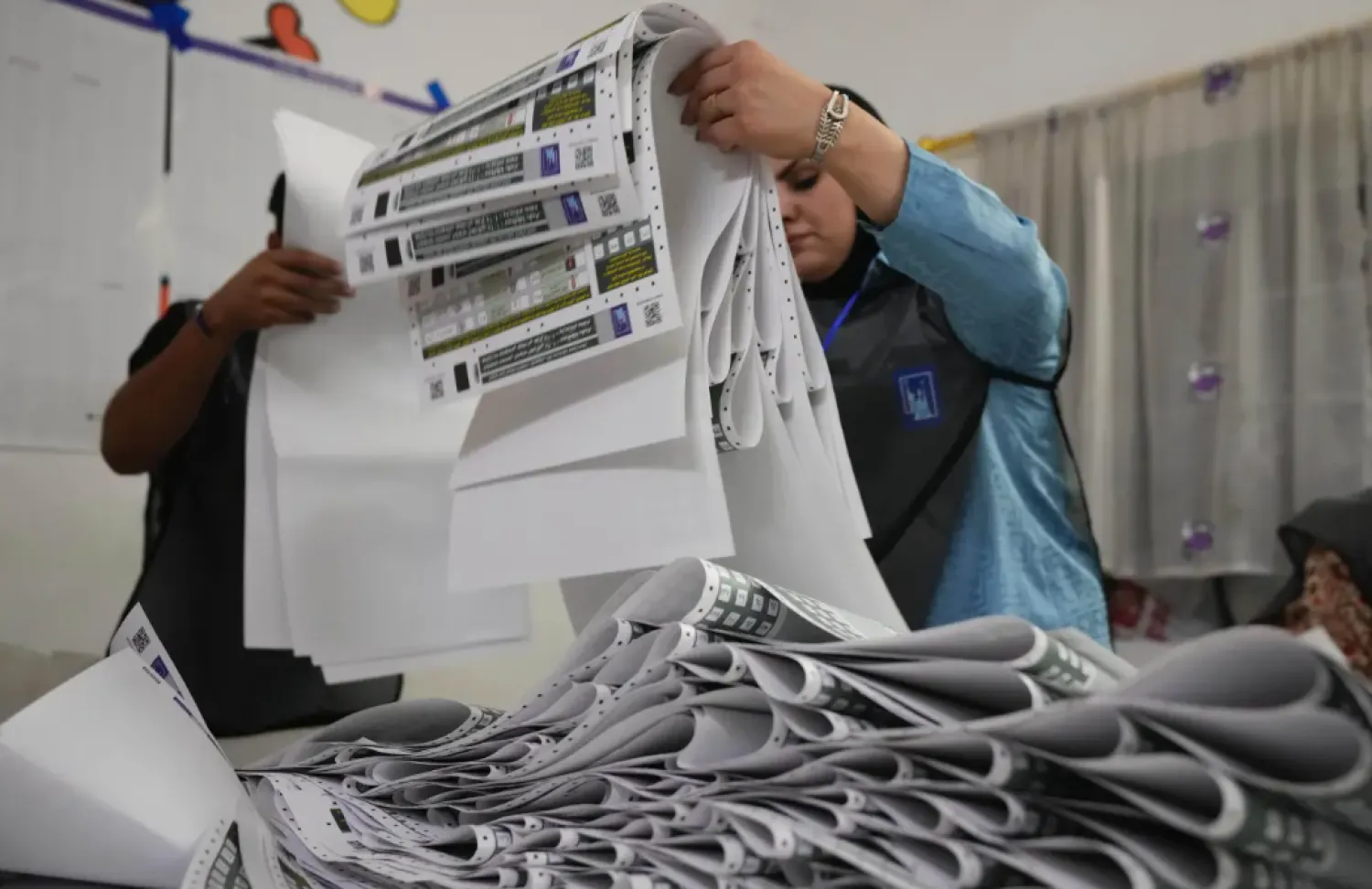Russia media published a video of Russian military units patrolling the Syrian side of the Golan Heights, occupied by Israel since 1967.
The video showed soldiers and vehicles separating the Syrian and Israeli armies and observation points on hills and high areas in the region. Some of the soldiers were seen wearing combat fatigue bearing the letter "Z," the symbol of the military campaign in Ukraine.
Last January, Russian military planes carried out a patrol with the Syrian Air Force in the Golan, along with Israel, which continues to bomb Iranian sites around Syria.
The Russian Ministry of Defense announced that the fighters were launched from the Russian Hmeimim base and al-Dumayr Airport.
The statement said the Russian and Syrian military pilots had conducted a joint air patrol mission along the Golan Heights and the Euphrates River.
"The mission's route ran along the Golan Heights, the southern border, the Euphrates River and over northern Syria," the statement read.
"Russian pilots took off from the Hmeymim Air Base, while Syrians took off from the Seikal and Dumayr airfields outside Damascus," the ministry added.
The mission involved Russia's Su-34 and Su-35 aircraft and the A-50 early warning and control aircraft, as well as Syria's MiG-23 and MiG-29 planes.
At the end of 2020, it was reported that Russian forces would conduct their first patrol along the Syrian border with Israel.
Sources said the Russian vehicles moved towards the military base, the Russian observation center in the Quneitra region.
The redeployment implemented Moscow's decision to revive the UN Disengagement Forces (UNDOF) in the Golan.
According to a Russian official, Moscow is assisting the Syrian army in joint exercises in the Golan region, noting that the goal of the Russian presence is to monitor the ceasefire in the demilitarized zone on the border with Israel.
In August 2018, international forces agreed on a de-escalation zone in southern Syria.
Israeli and international media said that the Iranian forces had withdrawn their heavy weapons in Syria to 85 km from the Israeli-occupied Golan Heights.
"The Iranians withdrew, and the Shiite formations are not there," TASS news agency quoted Russian presidential special envoy to Syria Alexander Lavrentiev, as saying.
The redeployment came in implementation of the agreement concluded between former US President Donald Trump and Russian Vladimir Putin during their meeting in Helsinki in mid-July 2018.
Both presidents asserted that the US and Russia would work together to ensure Israel's security.
"We both spoke with Bibi (the then-Israeli Prime Minister Benjamin Netanyahu), and they would like to do certain things with Syria having to do with the safety of Israel," Trump said, adding that "creating safety for Israel is something both Putin and I would like to see very much."









